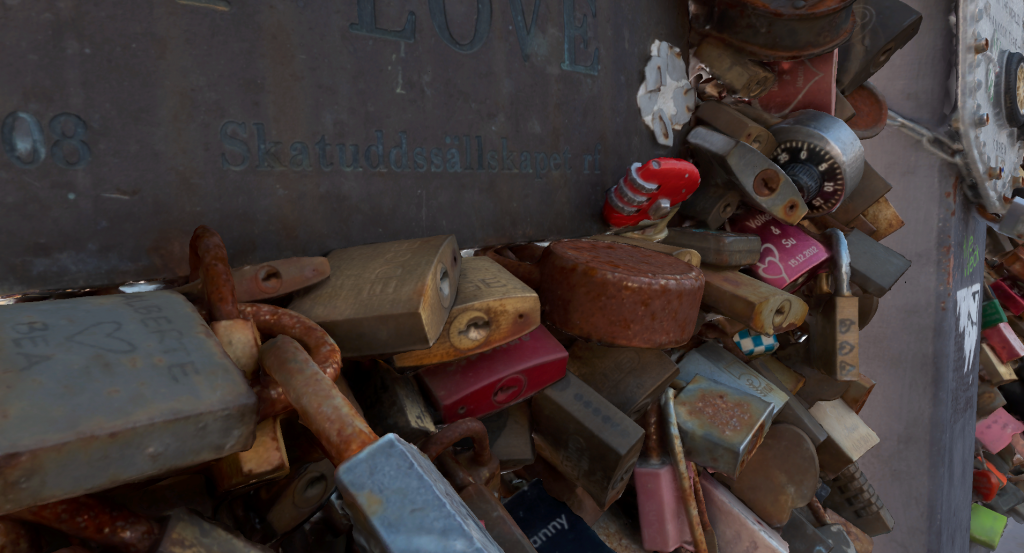Umbra, a 3D modelling company based in Helsinki, Finland, has set its sights on making a highly-detailed scan of the whole world. A potentially Google Maps-beating technology, Umbra uses photogrammmetry data to stitch together its highly complex models which can be viewed in the cloud.
Crunching large datasets
Primarily, Umbra’s real-world applications are in product development, gaming, architecture/construction and VR/AR. Video games including Call of Duty Advanced Warfare released 2014, and Dishonored 2 from 2016 are “Powered with Umbra.” The company has also worked with contractors, such as Sellen Construction, to develop AR plans of works in progress.
Most recently, Umbra partnered with Helsinki to create a full, opensource 3D map of the city. Cloud access to the large scale model is enabled by the patented Umbra Composit platform.
The way Umbra Composit manages such large datasets has a number of intriguing implications. Not only can the platform manage up to a Tetrabyte of 3D scan data, but it can handle complex CAD files with ease – think new car designs, potentially even a whole ship of data.
Many leading 3D software developers, including Dassault Systèmes and Siemens, are employing such solutions in manufacturing to create digital twins of the supply chain and of products in development.
Using photogrammetry to map the world
The data used to make Umbra’s large scale models is typically created using photogrammetry. A DSLR or drone camera is used to capture 100s/1000s of photographs that are then stitched together to create a 3D image.

The same technology is used for some aspects of cultural heritage projects like Scan the World, which relies on people’s mobile phone cameras to create 3D printable models of sculptures and art objects. However, to capture higher resolution 3D scans STW also makes use of professional, dedicated scanning systems.
Like Scan the World, Umbra is proposing a crowdsourced approach to collecting its data to map the world. In an article on VentureBeat Shawn Adamek Chief Marketing Officer at Umbra, says, “This technology will disrupt the existing 3D mapping and scanning industries in a big way,”
“The next-gen 3D digital twin of the real world could be crowdsourced by consumers with mobile phones.”
For news of all the latest upcoming 3D technologies subscribe to the 3D Printing Industry newsletter, and join us on Facebook and Twitter. Search and advertise new vacancies on 3D Printing Jobs.
Featured image shows 3D modeled bridge of locks rendered by Umbra Composit. Imgae via Umbra



